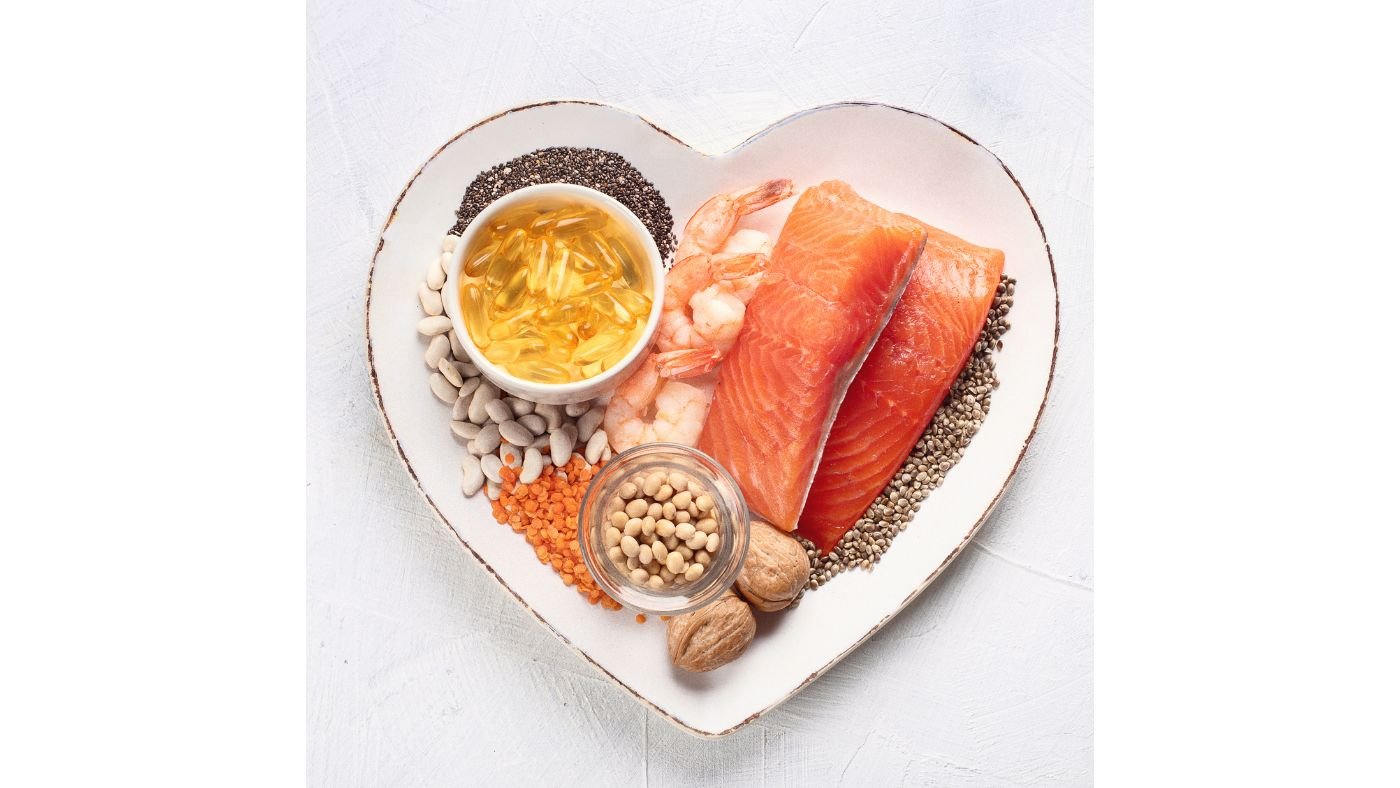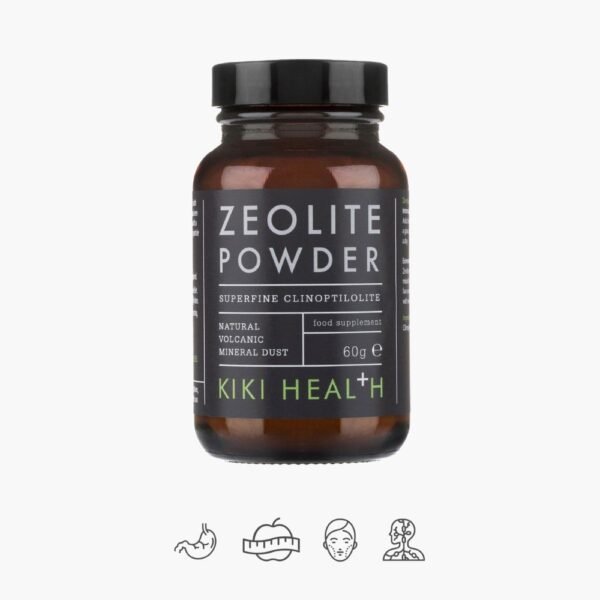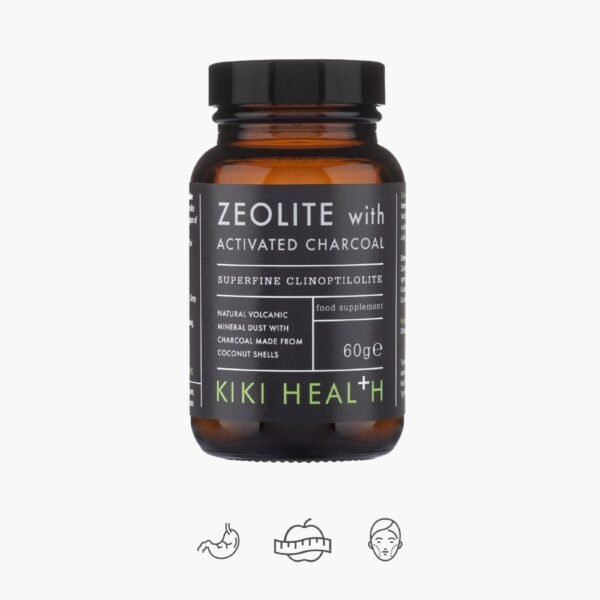Many foods contain Omega-3 fatty acids. A diet high in certain fish, seeds, and nuts can help you get more omega-3s.
Omega-3 fatty acids have a variety of benefits for your body and brain.
Most major health organizations recommend that healthy adults consume at least 250 to 500 mg of eicosapentaenoic acid (EPA) and docosahexaenoic acid (DHA) per day. You can achieve this amount by eating two servings of oily fish per week.
You can get high amounts of omega-3 fats from fatty fish, algae, and several fatty plant foods.
The recommended intake for plant-based omega-3 is 1,600 mg for men and 1,100 mg for women.
Here are foods that are very rich in omega 3:
Mackerel (4,580 mg per serving)
Mackerel are small, fatty fish.
In many countries, they are usually smoked and eaten as whole fillets.
In Lithuania, mackerel is one of the most popular.
Mackerel is incredibly nutrient-dense, with a 100-gram serving containing 500% Reference Daily Values (RDV) of vitamin B12 and 130% of selenium.
In addition, these fish are tasty and require little preparation.
Omega 3 content: 4,580 mg of EPA and DHA (combined) per 100 grams of fish.
Salmon (2,150 mg per serving)
Salmon is one of the most nutrient dense foods on the planet.
It contains high-quality protein and a variety of nutrients, including high levels of vitamin D, selenium and B vitamins.
Research shows that people who regularly eat fatty fish such as salmon have a lower risk of diseases such as heart disease, dementia and depression.
Omega 3 content: 2,150 mg of EPA and DHA (together) per 100 grams of fish.
Cod liver oil (2.438 mg)
Cod liver oil is more of a supplement than a food.
As the name suggests, it is an oil extracted from the liver of fish called cod.
In addition to being high in omega 3 fatty acids, this oil is also rich in vitamins D and A, and one tablespoon provides the Daily Value (DN) of 170% and 453%, respectively.
Therefore, consuming just 1 tablespoon of cod liver oil more than meets your needs for three incredibly important nutrients.
However, do not take more than 1 tablespoon at a time, as too much vitamin A can be harmful.
Omega-3 content: 2,438 mg of EPA and DHA (combined) per tablespoon.
Herring (2,150 mg per serving)
Herring is a medium-sized fatty fish. It is often cold smoked, pickled or pre-prepared and sold as a canned snack.
Smoked herring is a popular breakfast food in countries such as England, where it is called kippers and served with eggs.
In Lithuania, many people like herring with onions.
A 100-gram portion of herring contains almost 100% of selenium (DN) and 779% (DN) of vitamin B12.
Omega 3 content: 2,150 mg of EPA and DHA (combined) per 100 gram serving.
Oysters (329 mg per serving)
Clams are one of the most nutritious foods you can eat.
In fact, there is more to oysters zinc than any other food on the planet. Just 6 raw eastern oysters (85 grams) have 289% (DN) of zinc, 69% of copper and 567% of vitamin B12
Oysters can be eaten as a snack or as a whole meal. Raw oysters are a delicacy in many countries.
Omega 3 content: 329 mg EPA and DHA (combined) in 6 raw eastern oysters.
Sardines (1,463 mg per serving)
Sardines are very small fatty fish that are usually eaten as a snack or delicacy.
They are very nutritious, especially when eaten raw. They contain almost all the nutrients your body needs.
A 100 gram serving of dried sardines provides more than 370% DN of vitamin B12, 24% of vitamin D and 96% of selenium.
Omega 3 content: 1,463 mg of EPA and DHA (combined) in one cup (149 grams) of canned Atlantic sardines, or 982 mg in a 100-gram serving.
Anchovies (411 mg per serving)
Anchovies are small, fatty fish often bought dried or canned.
Usually eaten in very small portions, anchovies can be wrapped around capers, stuffed into olives, or used as pizza and salad toppings.
Because of their strong flavor, they are also used to flavor many dishes and sauces, including Worcestershire sauce, remoulade and Caesar dressing.
Anchovies are an excellent source of niacin and selenium, and anchovies are a good source of calcium.1
Omega-3 content: 411 mg EPA and DHA (combined) in 5 anchovies (20 grams) or 2.053 mg per 100 grams of anchovies.
Caviar (1.046 mg per serving)
Caviar consists of fish eggs or caviar.
Widely regarded as a luxury food, caviar is usually consumed in small quantities as a snack, taster or side dish.
Caviar is a good source of choline and a rich source of omega 3 fatty acids.
Omega-3 content: 1,046 mg of EPA and DHA (combined) per tablespoon (16 grams) or 6,540 mg per 100 grams.
Flaxseed (2,350 mg per serving)
These small brown or yellow seeds are often ground or pressed to extract the oil.
They are the richest food source of the omega 3 fat alpha-linolenic acid (ALA). Therefore, flaxseed oil is often used as an omega 3 supplement.
Flaxseed is also good fibers, magnesium and a source of other nutrients. The seeds have an excellent ratio of omega 6 to omega 3 compared to many other fatty plant seeds.
Omega 3 content: 2,350 mg of ALA per tablespoon (10.3 grams) of whole seeds or 7,260 mg per tablespoon (13.6 grams) of oil.
Chia seeds (5,050 mg per serving)
Chia seeds are incredibly nutritious, rich in manganese, selenium, magnesium and several other nutrients.
A standard 30 gram serving of chia seeds contains 5 grams proteins, including all eight essential amino acids.
Omega 3 content: 5,050 mg ALA in 30 grams.
Walnuts (2,570 mg per serving)
Walnuts are very nutritious and full of fiber. They also contain a lot of copper, manganese and vitamin E, as well as important plant compounds.
Be sure not to remove the skin, as it contains most of the walnut's phenolic antioxidants, which are very beneficial for health.
Omega 3 content: 2,570 mg of ALA in 30 grams, or about 14 walnut halves.
Soybeans (670 mg per serving)
Soybeans are a good source of fiber and vegetable protein.
They are also a good source of other nutrients, including riboflavin, folic acid, vitamin K, magnesium and potassium.
However, soybeans are also very high in omega 6 fatty acids. Scientists have suggested that eating too much omega 6 can cause inflammation.
Omega 3 content: 670 mg ALA in 1/2 cup (47 grams) of dry roasted soybeans, or 1,440 mg in 100 grams.
Other food products
Note that the first 8 chapters discuss foods that contain the omega 3 fatty acids EPA and DHA, which are found in some animal foods, seafood, and algae.
Conversely, the last four sections mention foods that contain the omega 3 fatty acid ALA, which is less important than the other two.
Other products also contain omega 3. Only the amount is not as significant as in the products listed above.
This includes eggs, grass-fed meat and dairy products, hemp seeds and vegetables such as spinach and Brussels sprouts.
It's important
As you can see, many healthy foods are rich in omega 3.
Omega 3 provides many health benefits, such as helping to prevent inflammation and heart disease.
If you eat these foods regularly, you can easily meet your omega 3 needs. However, if you don't eat many of these foods and think you may be deficient in omega 3s, you may want to consider taking omega 3 supplements.
It is important to rememberthat everyone's health is individual and there is no common recipe for everyone!
So, if you want to know what nutrients your body might be lacking right now, health professionals recommend a guide – "Your Day".
- In time, pay attention to the signals sent by your well-being
- Replenish the body with natural minerals, vitamins and nutrients necessary for health.
- Enjoy energy and good mood everyday!











